Best Organic Baby Food: Top Picks for Healthy Little Ones
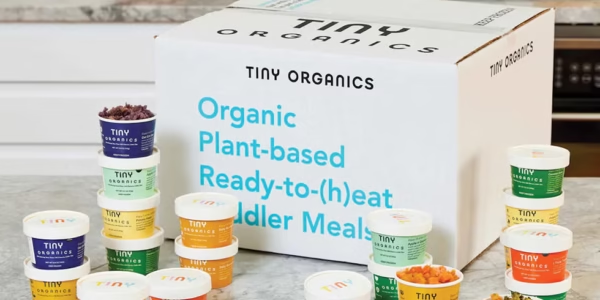
Choosing the best organic baby food can be challenging. Parents want the healthiest options for their little ones.
Organic baby food is free from harmful chemicals and additives. It ensures your baby gets pure, nutritious meals. In this blog, we explore top organic baby food choices. We focus on quality, taste, and nutritional value. Our aim is to help you make informed decisions.
Let’s dive into the world of organic baby food and discover the best options available. Your baby deserves the best start in life, and we are here to guide you.
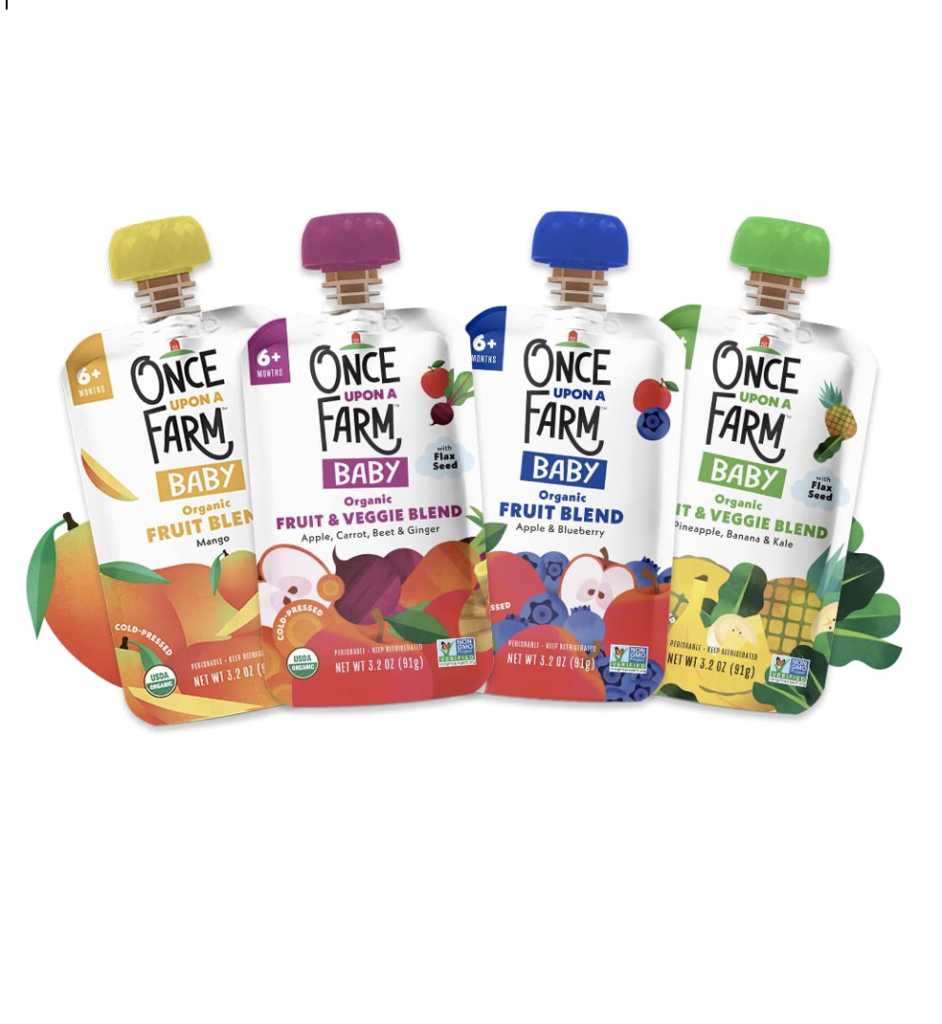
Introduction To Organic Baby Food
Introducing the best organic baby food ensures your little one gets nutritious and safe meals. Carefully chosen ingredients provide essential vitamins and minerals for growth. Give your baby the healthiest start with organic options.
Organic baby food is becoming a popular choice among parents. They want the best for their little ones. This food is free from harmful chemicals and pesticides. It is made using natural ingredients. This ensures that babies get the purest form of nutrition. Choosing organic food can support your baby’s health and development.
Benefits Of Organic Food
Organic food has many benefits. It contains fewer chemicals. This means fewer pesticides and fertilizers. Organic farming avoids using synthetic additives. This leads to cleaner and healthier food. Babies get more vitamins and minerals. Organic farms use natural methods. This helps protect the environment. It supports sustainable farming practices.
Why Choose Organic For Babies
Babies have developing bodies and immune systems. They are more sensitive to chemicals. This baby food reduces exposure to toxins. This promotes better health and growth. Parents can trust organic labels. These labels ensure strict standards. Organic food is often fresher. It contains no artificial preservatives. Parents feel more confident with organic choices. They know they are giving their baby the best start.
“`
Key Nutrients For Babies
Top Brands
Choosing the best organic baby food ensures your little one gets the healthiest start. Organic baby food offers pure ingredients free from harmful chemicals. Many brands now focus on providing high-quality, nutritious options for babies.
Popular Brands
Several brands have gained parents’ trust for their commitment to organic baby food. Here are some of the most popular ones:
- Gerber Organic: Known for its wide range of organic baby food products. Gerber ensures each meal is nutritious and delicious.
- Earth’s Best: Offers a variety of organic baby food jars and pouches. They use non-GMO ingredients and adhere to high safety standards.
- Happy Baby: Focuses on organic ingredients and innovative recipes. Their products support healthy growth and development.
- Plum Organics: Provides organic baby food with unique flavor combinations. Plum Organics aims to make healthy eating fun for babies.
Newcomers In The Market
New brands are emerging, offering fresh and exciting options for organic baby food. These newcomers are making their mark with innovative products:
- Once Upon a Farm: Fresh and cold-pressed baby food. They use organic fruits and vegetables to maintain nutrients.
- Yumi: Delivers fresh, organic baby food straight to your door. Yumi focuses on nutrient-rich meals tailored to your baby’s needs.
- Little Spoon: Provides fresh, organic baby food with a personalized touch. Their meals are designed to support each stage of development.
- Cerebelly: Created by a neurosurgeon mom. Cerebelly offers organic baby food packed with nutrients for brain development.
Homemade Vs Store-bought Organic Baby Food
Parents always want the best for their babies, and food is no exception. Organic baby food is a popular choice for health-conscious parents. Each choice has its own set of advantages and disadvantages.
Pros And Cons
Homemade baby food offers control over ingredients. You know exactly what goes into your baby’s meals. Making baby food at home allows for creative combinations of fruits and vegetables.
Some drawbacks are – Preparing homemade baby food can be time-consuming. It requires planning and preparation. Some parents may find it challenging to balance this with other responsibilities. Most brands follow strict guidelines to ensure quality and safety.
Tips For Homemade Baby Food
Start with simple recipes. Use one or two ingredients to see how your baby reacts. Make food in batches and store them in freezer-safe containers. Label each container with the date to keep track of freshness.
Invest in a good blender or food processor. This will make the process easier. Introduce new foods gradually and watch for any allergic reactions. Remember, your baby’s taste preferences will develop over time.
Organic Baby Food For Different Stages
Choosing the right baby food for different stages is important. Babies have unique nutritional needs at each stage of development. Organic options provide clean, wholesome nutrition without harmful chemicals. Let’s explore the best organic baby food for each stage.
Stage 1 (4-6 Months)
Stage 1 foods are for babies aged 4 to 6 months. These are single-ingredient purees. They have a smooth texture and are easy to digest. Examples include pureed carrots, apples, and sweet potatoes. Organic options ensure no pesticides or additives. Introduce one new food at a time. This helps identify any allergies.
Stage 2 (6-8 Months)
Stage 2 foods are for babies aged 6 to 8 months. These foods combine multiple ingredients. They have a thicker texture. Examples include blends like apple and blueberry or sweet potato and spinach. Organic stage 2 foods offer balanced nutrition. They help your baby experience new tastes and textures. Ensure each ingredient was introduced in stage 1 first.
Stage 3 (8-12 Months)
Stage 3 foods are for babies aged 8 to 12 months. These foods include small, soft pieces. They encourage chewing and self-feeding. Examples include mashed pasta with vegetables or chunky fruit blends. Organic stage 3 foods provide important nutrients. They support your baby’s growing body.
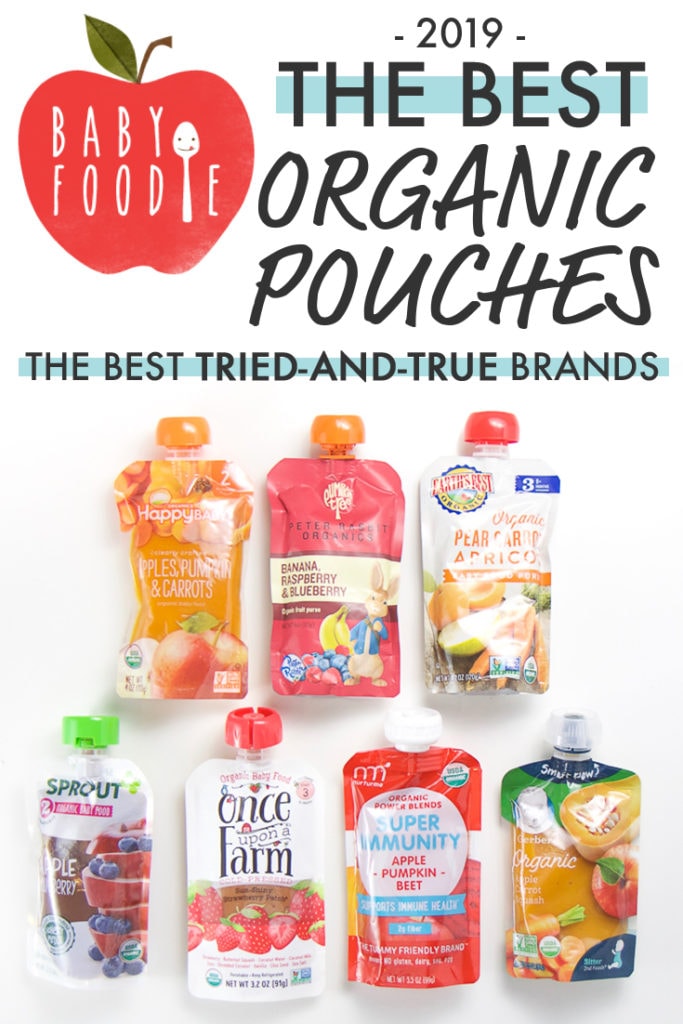
Reading Organic Food Labels
When choosing the best organic food, knowing how to read organic food labels is crucial. These labels provide important information about the ingredients and certifications. Understanding these labels ensures you make informed choices for your baby’s health.
What To Look For
Reading organic food labels can be tricky. Here are a few key things to check:
- Ingredients List: Ensure the first ingredients are whole foods like fruits or vegetables.
- Organic Seal: Look for the USDA Organic seal. This seal means the product is certified organic.
- Expiration Date: Always check the expiration date to ensure freshness.
- Allergen Information: Check for common allergens like nuts or dairy.
Common Certifications
Certifications on baby food labels indicate the product meets certain standards. Here are some common certifications:
| Certification | Meaning |
|---|---|
| USDA Organic | 95% or more organic ingredients. |
| Non-GMO Project Verified | Free from genetically modified organisms. |
| Gluten-Free | Free from gluten, safe for gluten intolerance. |
| Certified Vegan | Free from animal products and by-products. |
When shopping for organic baby food, use these tips to make informed choices. Understanding these labels helps ensure your baby gets the healthiest options.
Allergies And Organic Baby Food
Organic baby food is a healthy choice for many parents. But, allergies are a concern. Knowing common allergens and how to introduce new foods safely is key.
Common Allergens
Babies can be allergic to many foods. These include:
- Milk
- Eggs
- Peanuts
- Tree nuts
- Fish
- Shellfish
- Wheat
- Soy
It’s important to watch for reactions. Symptoms can include:
- Rashes
- Swelling
- Vomiting
- Diarrhea
Introducing New Foods Safely
Introduce new foods one at a time. This helps identify any allergies. Wait three to five days before adding another new food.
Here are steps for safe introduction:
- Choose a single ingredient food.
- Feed a small amount.
- Watch for any reactions.
- Wait a few days before trying a new food.
If you suspect an allergy, stop the food. Talk to your child’s doctor. Always keep an eye out for severe reactions like trouble breathing. This can be a sign of anaphylaxis. Seek medical help right away.
Organic foods can be safer. They often have fewer additives. This can help reduce the risk of allergies.
Tips For Transitioning To Solid Foods
Transitioning your baby to solid foods is an exciting milestone. It can also feel overwhelming. Knowing the right steps can ease the process. Here are some tips to help make the transition smoother.
Signs Your Baby Is Ready
Before introducing solids, look for readiness signs. Your baby should be able to sit up with minimal support. They should show interest in food. They might reach for your food or open their mouth when you eat. Another sign is the ability to move food from a spoon to their throat.
First Foods To Try
Start with simple, single-ingredient foods. Organic baby cereals like rice or oatmeal are good choices. Pureed vegetables such as sweet potatoes, carrots, and peas are also great options. Fruits like bananas, apples, and pears are often favorites.
Introduce one new food at a time. Wait three to five days before trying another. This helps you spot any food allergies. Keep the portions small. A few spoonfuls are enough to start. Gradually increase the amount as your baby gets used to eating solids.
Remember, every baby is unique. Go at your baby’s pace. Enjoy this special time together. Happy feeding!
Budget-friendly Baby Food Options
Finding budget-friendly organic baby food options can be challenging. You want the best for your little one, but cost is always a factor. Fortunately, there are affordable brands and helpful cost-saving tips to make organic baby food more accessible.
Affordable Brands
Many brands offer quality baby food at reasonable prices. Earth’s Best is a popular choice among parents. Their products are nutritious and budget-friendly. Happy Baby also provides a wide range of organic options. Their meals are rich in essential nutrients. Plum Organics is another brand that delivers quality without breaking the bank. Their baby food blends are both tasty and nutritious.
Cost-saving Tips
Buying in bulk can save you money. Look for sales and discounts at your local grocery store. Making your own baby food is another cost-effective option. You can use fresh, organic ingredients from your kitchen. Invest in a good blender or food processor. Store the homemade food in small containers for easy use.
Using seasonal fruits and vegetables can also cut costs. Seasonal produce is usually cheaper and fresher. Check your local farmer’s market for deals on organic produce. Many farmers sell their products at lower prices than grocery stores. Coupons and loyalty programs can also help. Sign up for newsletters from your favorite organic brands. They often send out special offers and discounts.
Frequently Asked Questions
What Are The Benefits Of Organic Baby Food?
This baby food is free from harmful pesticides and chemicals. It ensures your baby gets pure nutrition. It often contains higher nutrient levels and tastes better.
How To Choose The Best Organic Baby Food?
Look for USDA organic certification on the label. Check the ingredients list for no additives. Read reviews and consult your pediatrician.
Is Homemade Organic Baby Food Better?
Homemade organic baby food ensures you know all ingredients. It can be fresher and more nutritious.
Can Organic Baby Food Prevent Allergies?
This baby food reduces exposure to pesticides and chemicals. It can potentially lower the risk of allergies
Conclusion
Choosing the best organic baby food ensures your baby’s healthy start. Organic options provide essential nutrients without harmful chemicals. Always check labels and ingredients. Consult your pediatrician for personalized advice. Finding the right organic baby food may take time.
Stay patient and persistent. Your baby’s health and happiness are worth it. Happy feeding!
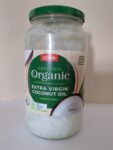
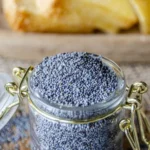

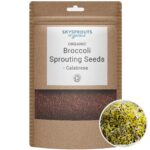
Leave a Reply